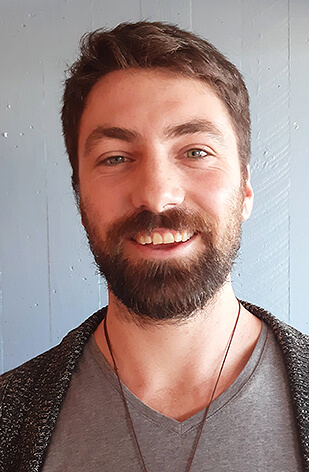
Samuel Pullenger
I grew up in Waipā, which should mean that I would know a lot about the history of this area.
Though we learned about Te Tiriti O Waitangi and the New Zealand Land Wars at school, it was not a focus as I grew up. After moving to Te Awamutu, having spent time living overseas, the history of the land and the people has become very important to me. My history is largely a story of immigrants, from Europe to the Americas and finally to here in Aotearoa.
The stories of these immigrants involve leaving behind livelihoods and land, having to begin again with little more than the tools in their hands. And yet, 60-70 years later, these same people have created large, flourishing communities. These are stories of hope. Hope in the face of hardship and trials. And specifically, for my heritage, hope in a God who would not leave them on their own.
We live in a time when looking back or even looking around us is not easy to do. For many this lack of time, space or ability to look back, to remember, can be an isolator. The rush of life and the constant beseeching of social media for our attention, isolates us from our history, from our identity. But our history grounds us, giving us a foundation, from which to step into the future. For Christians, ultimately, our history is grounded in the person of Jesus, who we believe is God who has become human. We believe the purpose for God becoming human was so that all humans, in fact, all creation, would know and experience love in all its fullness. That we would experience true life. This gives us a foundation to step out in hope for a better future for all people.
At this time of year, this hope becomes centred on the future of Māori and Pakeha working together for a better Aotearoa. We have just celebrated Waitangi Day, in which a treaty has bound tangata whenua and Pakeha together in the hope of the well-being of all people.
Here in Te Awamutu though, we are preparing to commemorate the devastation of the attack at Rangiaowhia on February 21. This is part of our history as the people who now live in this area. For many like me though, the history of this area is a new learning. One of the ways we can hear the stories and ground ourselves in the history of this place is through Te Ara Wai Journeys.
Using either the website or their app, we can explore the history of Waipā. Another way to engage in our history is the pilgrimage which St John’s Anglican Parish offers, journeying through the history of Te Awamutu and the surrounding areas. My hope for Waipā is that, as we hear the stories and enter into conversations, a picture of hope for the future will emerge; hope for the flourishing of all peoples living in Waipā.

Rangiaowhia St Pauls









